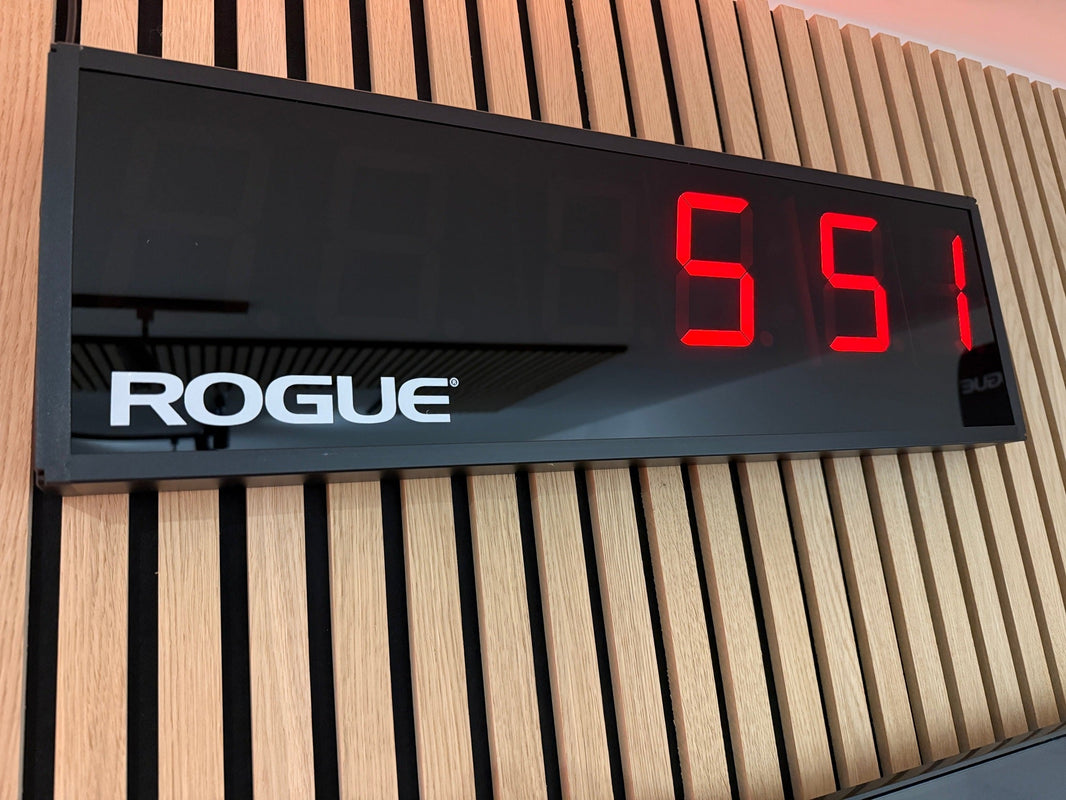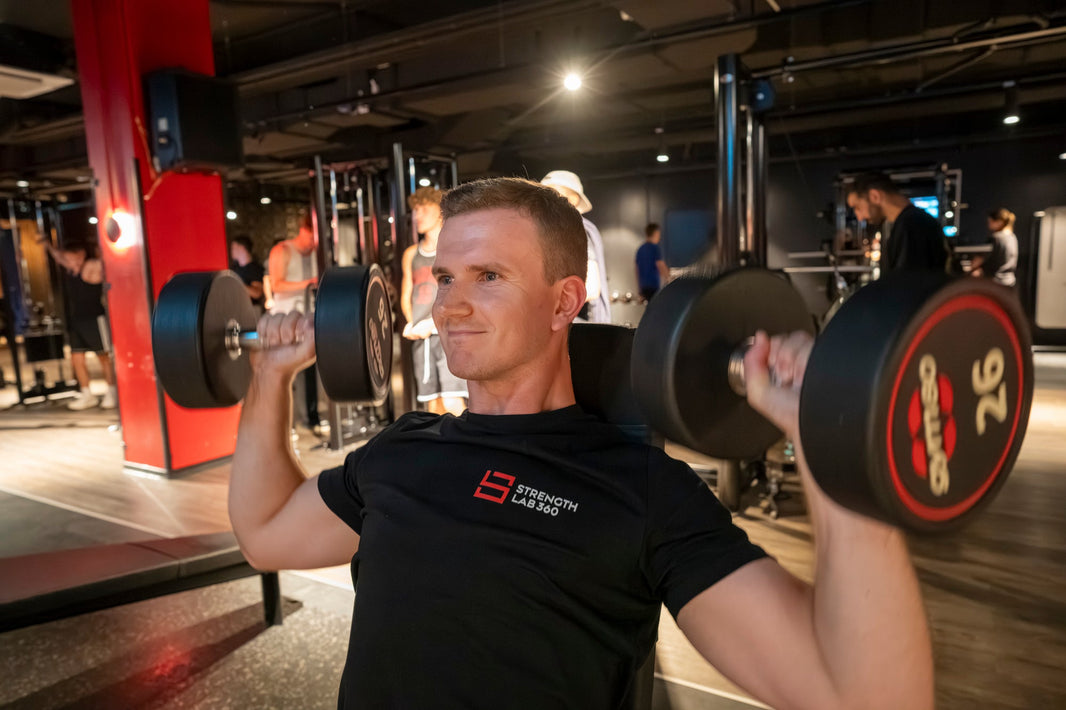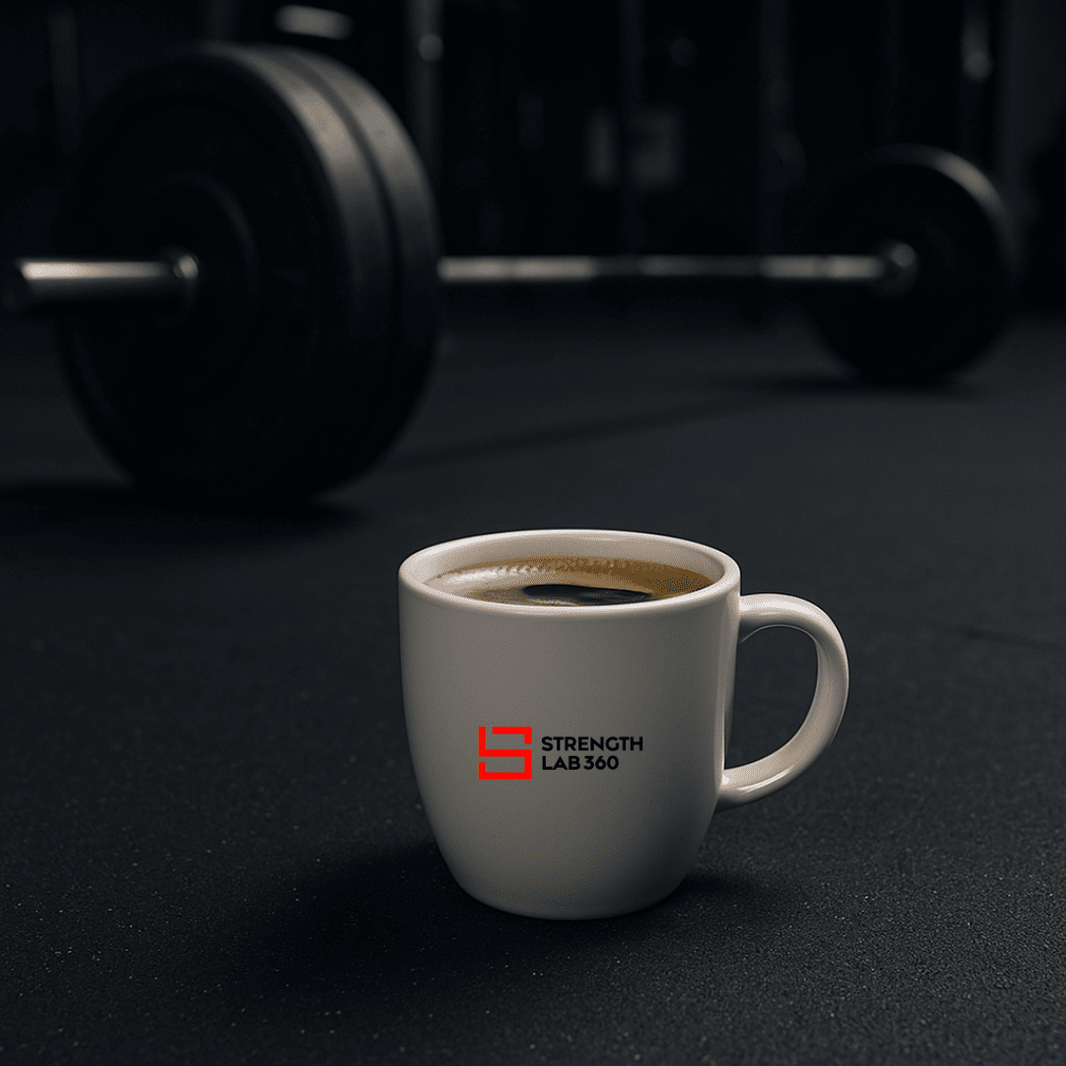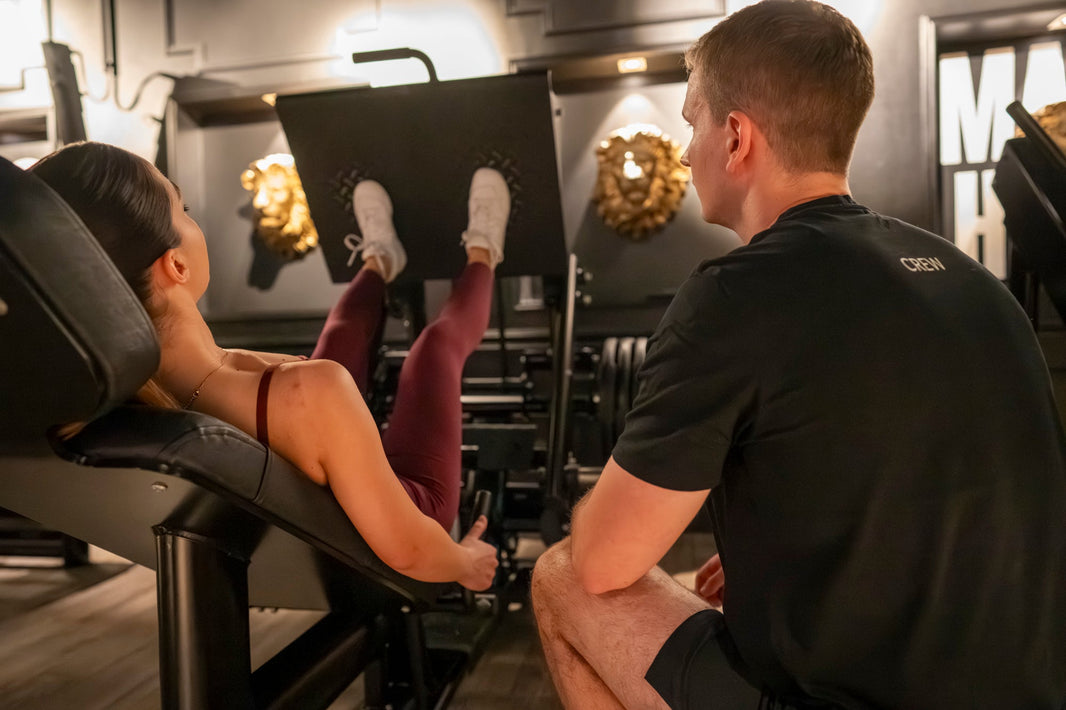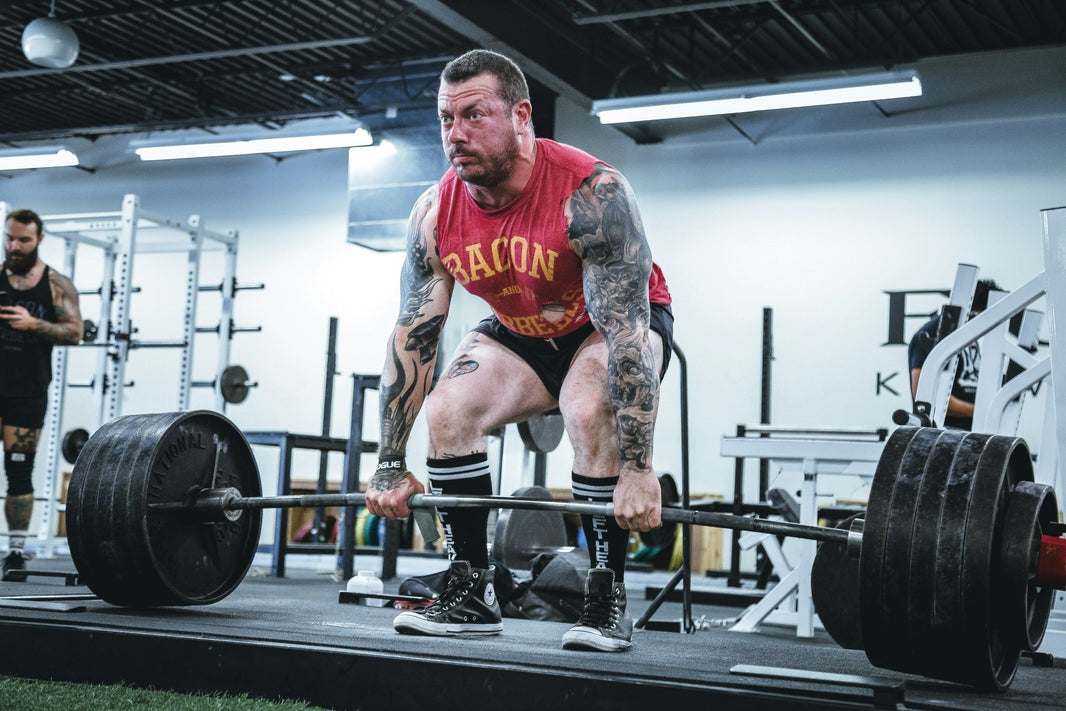In the pursuit of muscle growth and strength, what you do outside the gym is just as crucial as the effort you put in during workouts. Recovery and adaptation are fundamental biological processes that repair and rebuild muscle tissue, enabling you to grow stronger and achieve your fitness goals. At StrengthLab360, we leverage cutting-edge science to help you optimize these processes for maximum gains.
The Science of Muscle Growth
Muscle growth, or hypertrophy, occurs when muscle fibers are repaired and enlarged in response to the stress of resistance training. This complex process is governed by several molecular mechanisms:
Muscle Protein Synthesis (MPS)
Muscle protein synthesis is the cornerstone of hypertrophy. After resistance training, your body activates MPS to repair damaged muscle fibers and build new proteins, resulting in muscle growth over time. StrengthLab360’s training programs are designed to maximize MPS by providing the right training stimulus and ensuring adequate recovery periods between sessions (Phillips et al., 1997).
Hormonal Responses
Hormones such as testosterone, growth hormone, and insulin-like growth factor-1 (IGF-1) are essential regulators of muscle growth. These hormones enhance MPS, promote muscle repair, and regulate other anabolic processes. StrengthLab360 considers these hormonal dynamics to tailor training intensity, recovery protocols, and nutrition plans for optimal results (Kraemer et al., 1990).
Satellite Cell Activation
Satellite cells, located near muscle fibers, are activated by resistance training. These specialized cells fuse with existing muscle fibers, contributing to repair and growth. Satellite cell activation is critical for hypertrophy and strength adaptation, particularly in advanced athletes (Petrella et al., 2008).
The Role of Recovery in Adaptation

Recovery is the period where your body adapts to the stress of training. Without adequate recovery, the benefits of exercise—whether increased strength, hypertrophy, or endurance—cannot be fully realized.
Key Components of Effective Recovery
-
Rest and Sleep
Rest and quality sleep are essential for recovery, as they provide the conditions necessary for muscle repair and growth. During deep sleep, the body releases growth hormone, a key player in tissue regeneration (Van Cauter et al., 2000). -
Nutrition
Proper nutrition supports recovery by replenishing glycogen stores and providing the building blocks for MPS. Protein intake is especially critical; consuming 1.6–2.2 grams of protein per kilogram of body weight per day is optimal for muscle recovery (Morton et al., 2018). -
Active Recovery
Light activities, such as walking, yoga, or cycling at Zone 2 intensity, improve blood flow, reduce muscle soreness, and accelerate recovery. These activities help clear metabolic waste from muscles without adding undue stress (Peake et al., 2014). -
Hydration
Proper hydration supports metabolic processes and helps prevent cramps or fatigue during and after training.
Periodization and Adaptation
What is Periodization?
Periodization involves structuring training programs into specific phases to promote recovery and adaptation. It alternates between high-intensity, volume-focused periods (e.g., hypertrophy training) and lower-intensity phases to prevent overtraining and optimize strength gains.
Types of Periodization
-
Linear Periodization
Gradually increases intensity over weeks or months, reducing volume to focus on maximal strength (Rhea et al., 2003). -
Undulating Periodization
Alternates training intensity and volume within shorter cycles, allowing for more frequent variation and adaptation (Buford et al., 2007).
StrengthLab360 incorporates periodization into its programs to balance recovery and adaptation, ensuring steady progress without risking burnout.
How StrengthLab360 Optimizes Recovery and Adaptation
Our platform integrates advanced tools and scientific insights to enhance your recovery and maximize strength and hypertrophy gains:
-
Adaptive Training Plans
StrengthLab360’s algorithms dynamically adjust your training load based on real-time feedback, including recovery metrics such as muscle soreness, sleep quality, and perceived exertion. -
Real-Time Feedback
Analytics tools monitor recovery status, providing actionable insights to inform training intensity, volume, and timing. -
Expert Guidance
Certified coaches offer personalized advice on recovery strategies, ensuring that your body remains primed for growth and peak performance.
Molecular Mechanisms of Adaptation
Adaptation involves both structural and neural changes, driven by molecular signaling pathways activated during resistance training:
-
mTOR Pathway
The mechanistic target of rapamycin (mTOR) is a central regulator of MPS. Resistance training and protein intake activate the mTOR pathway, stimulating muscle growth and adaptation (Drummond et al., 2009). -
AMPK Pathway
The AMP-activated protein kinase (AMPK) pathway regulates energy balance during exercise. While often associated with endurance adaptations, it can also enhance metabolic efficiency for recovery (Winder & Hardie, 1999). -
Myokine Release
Exercise-induced myokines, such as interleukin-6 (IL-6), facilitate communication between muscle and other tissues, promoting recovery and adaptation (Pedersen & Febbraio, 2008).
The Time Course of Recovery
Recovery times vary based on training intensity, volume, and individual factors:
- Immediate Recovery: ATP-PC system replenishment occurs within seconds to minutes after exercise.
- Short-Term Recovery: Glycogen restoration and initial repair of muscle fibers take 24–48 hours.
- Long-Term Recovery: Structural adaptations and hypertrophy occur over weeks to months of consistent training and recovery cycles.
StrengthLab360 helps you optimize recovery timelines through tailored training schedules and real-time tracking tools.
The Importance of Concurrent Training
Concurrent training, which combines resistance and endurance exercise, requires careful planning to avoid interference effects. StrengthLab360 incorporates strategies to balance these modalities, promoting both hypertrophy and endurance without compromising recovery (Fyfe et al., 2014).
Maximizing Muscle Growth: The Key to Effective Recovery Strategies
Recovery and adaptation are essential for achieving long-term strength and hypertrophy gains. By understanding the molecular mechanisms behind these processes and implementing evidence-based recovery strategies, you can unlock your full potential.
At StrengthLab360, we empower you with the tools, knowledge, and support to optimize recovery and maximize your training results. Join us today and experience the future of strength training—scientifically optimized for your success.
FAQ
The process of recovery and adaptation is crucial for realizing the benefits of strength training. After a training session, particularly one focused on high-load resistance training, the body undergoes a recovery phase where it repairs and rebuilds muscle fibers. This process involves the synthesis of new proteins, leading to hypertrophy—the increase in muscle mass and muscular strength. During this phase, the body adapts to the stress of the workout, which enhances its ability to handle future loads, thereby contributing to overall strength development and performance.

